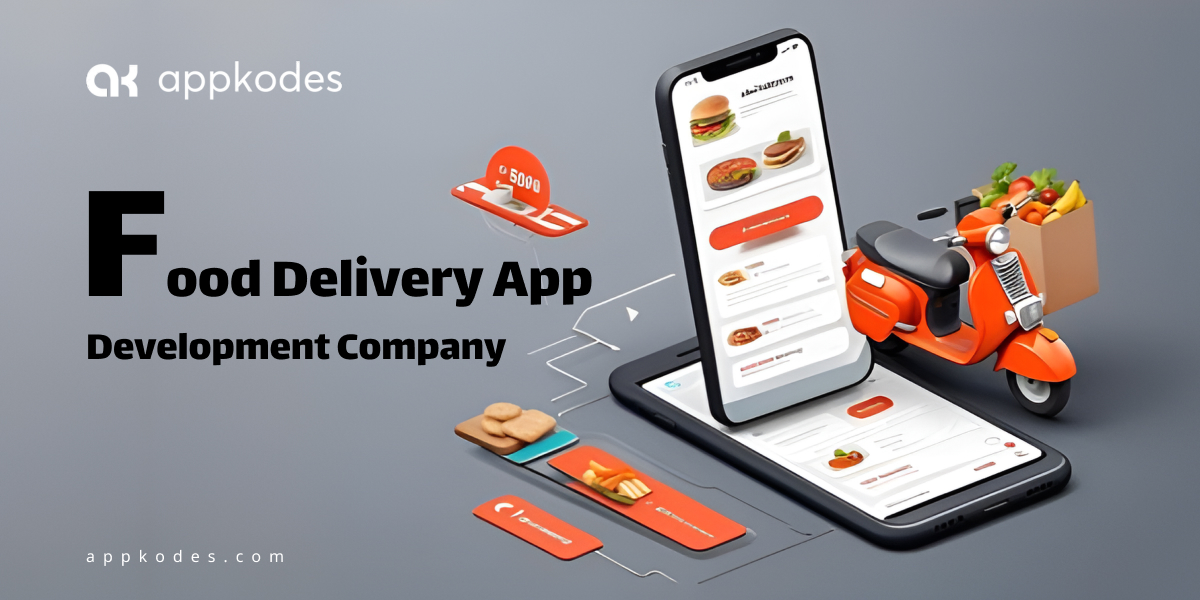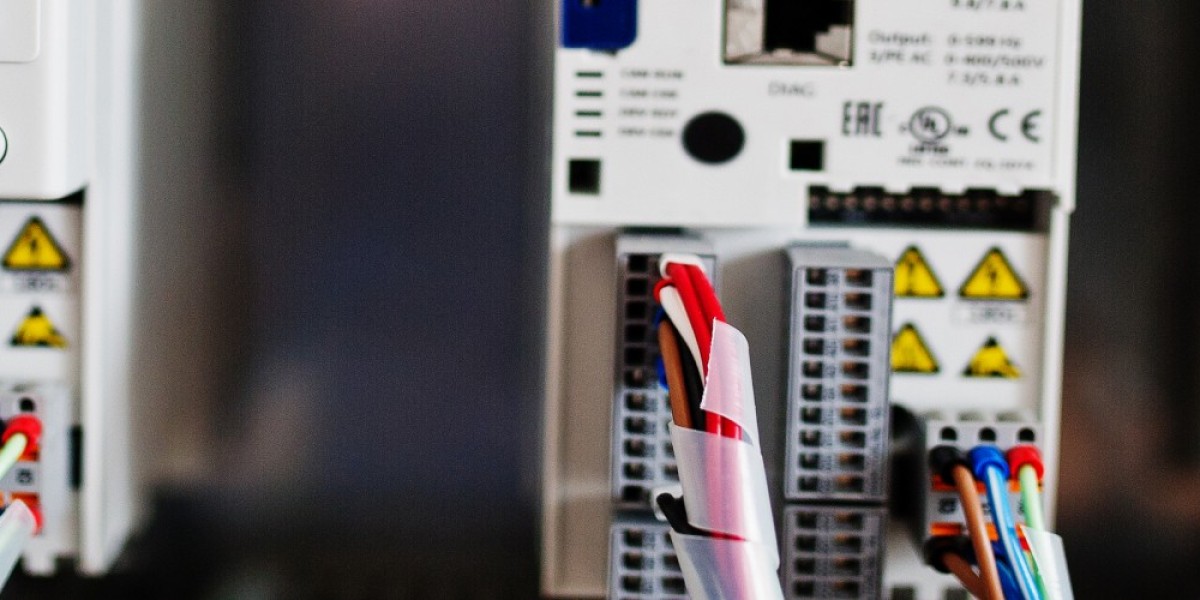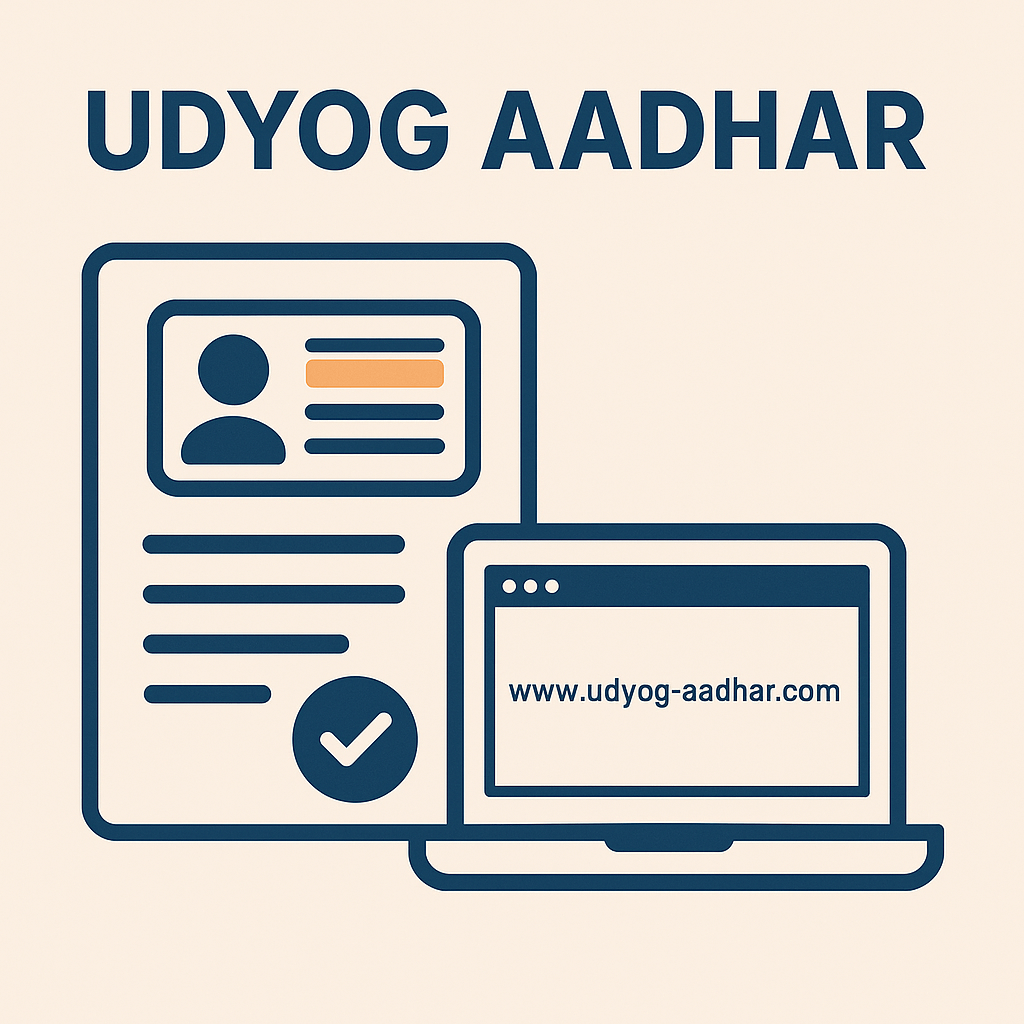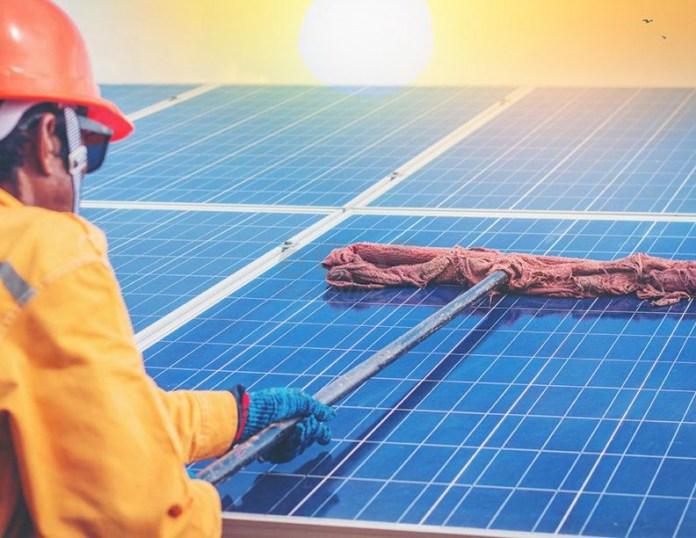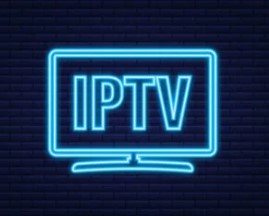In today’s on-demand economy, instant gratification isn’t a luxury, it’s an expectation. Whether it’s a cab arriving in five minutes or groceries showing up before dinner, customers want visibility, accuracy, and speed. The same rule applies to food delivery, where real-time tracking has evolved from a “nice-to-have” feature into a standard requirement.
If you’re working with a food delivery app development company, it’s no longer a question of whether you need real-time tracking, it’s how well it’s implemented. In fact, companies that lack this capability risk frustrating customers, losing retention, and ultimately falling behind.
As a food delivery app development partner, Appkodes has seen this evolution up close. Let’s unpack why real-time tracking has become essential and how smart development is solving the logistics behind it.
1. Real-Time Expectations = Real-Time Features
Think about how you track an Amazon order or your Uber ride. You don’t just get a vague “on the way” message you get live progress. That same standard now applies to food delivery.
Why it matters:
- Customers want to plan – whether that’s setting the table or knowing when to take a break.
- Anxiety and support calls drop when users can see their driver’s progress.
- Transparency = trust – users are more loyal to platforms that show, not just tell.
Apps without real-time tracking feel outdated. Apps with it feel responsive, modern, and thoughtful.
2. It’s Not Just About Customers – Vendors & Drivers Need It Too
Most people associate real-time tracking with customers. But a good food delivery system gives visibility to everyone involved.
Here’s how different roles benefit:
- Restaurants can see where the driver is and prep food accordingly.
- Delivery agents get optimized routes and updated traffic info.
- Admins can monitor fleet movement, driver speed, and delivery bottlenecks.
This holistic approach to real-time logistics is something experienced developers bake into the platform architecture, not bolt on later.
3. Technical Foundations: What Makes It Possible
From a development perspective, real-time tracking isn’t just a map on a screen. It requires a blend of backend performance and frontend usability.
Core components include:
- GPS tracking, often embedded in the driver’s app.
- WebSockets or Firebase to push instant updates between devices.
- Location caching to avoid drain and errors during data loss or poor connectivity.
- Map integration using APIs like Google Maps or Mapbox for accuracy.
A seasoned food delivery app development company understands that these systems must scale to handle hundreds or thousands of simultaneous orders without lag or crash.
4. Operational Insights for Better Business Decisions
Real-time data isn’t just for customers. It powers analytics that help businesses grow smarter.
Real examples of what platforms can track:
- Which areas see the most delayed deliveries
- How long drivers wait at restaurants
- When peak delivery hours begin and end
- Average order-to-delivery time per zip code
Companies like Appkodes often include analytics dashboards that digest this real-time data to help restaurants and platform owners make faster, better decisions.
5. Dealing with Real-World Delivery Issues
Life happens. Drivers take wrong turns. Restaurants run late. Customers get impatient.
Real-time tracking helps mitigate small problems before they become big ones:
- If a driver is stalled, admins can send backup.
- Customers are less likely to cancel if they see a delay is only 3 minutes.
- Restaurants can communicate ETA delays directly through the system.
This doesn’t just make the delivery smoother, it makes the entire ecosystem more humane and responsive.
6. Reducing Support Tickets and Customer Complaints
Support teams in food delivery apps often deal with two questions:
- “Where is my order?”
- “When will it arrive?”
With live tracking in place:
- Users don’t need to ask, they can see.
- Support volume drops significantly.
- Reps can focus on real problems, not chasing driver locations.
It’s a silent cost-saver most founders don’t think about – until they launch without it.
7. Builds a Competitive Advantage
Let’s be honest – most customers aren’t loyal. They’ll use the app that gives the smoothest, most reliable experience.
Real-time tracking gives:
- Peace of mind for first-time users
- Predictability for repeat users
- Professionalism that builds long-term brand credibility
If your app skips this feature, it risks being seen as amateur, even if the food is great.
8. How Developers Like Appkodes Are Solving It
At Appkodes, we approach food delivery app development with real-time logistics as a core pillar, not an add-on.
We’ve built systems that:
- Sync driver locations every few seconds without draining battery
- Show animated driver movement in the customer’s app
- Alert admins about delivery anomalies automatically
- Customize tracking logic for single-brand, multi-restaurant, and franchise models
And because we offer modular architecture, businesses can upgrade or expand their tracking capabilities as they scale.
Final Thoughts: Real-Time Isn’t the Future-It’s the Now
The takeaway is simple: If your food delivery app doesn’t offer reliable, real-time tracking, you’re offering less than what today’s market expects.
This isn’t a luxury feature anymore. It’s part of the backbone of any competitive platform.
Whether you’re building a new app from scratch or enhancing an existing one, partner with a food delivery app development company that sees logistics not as an afterthought, but as the product itself. Companies like Appkodes are leading the way by designing systems that don’t just show maps, but show they understand what real users actually need.
Because in food delivery, being 5 minutes late isn’t just inconvenient—it’s a lost opportunity for trust, loyalty, and growth.


